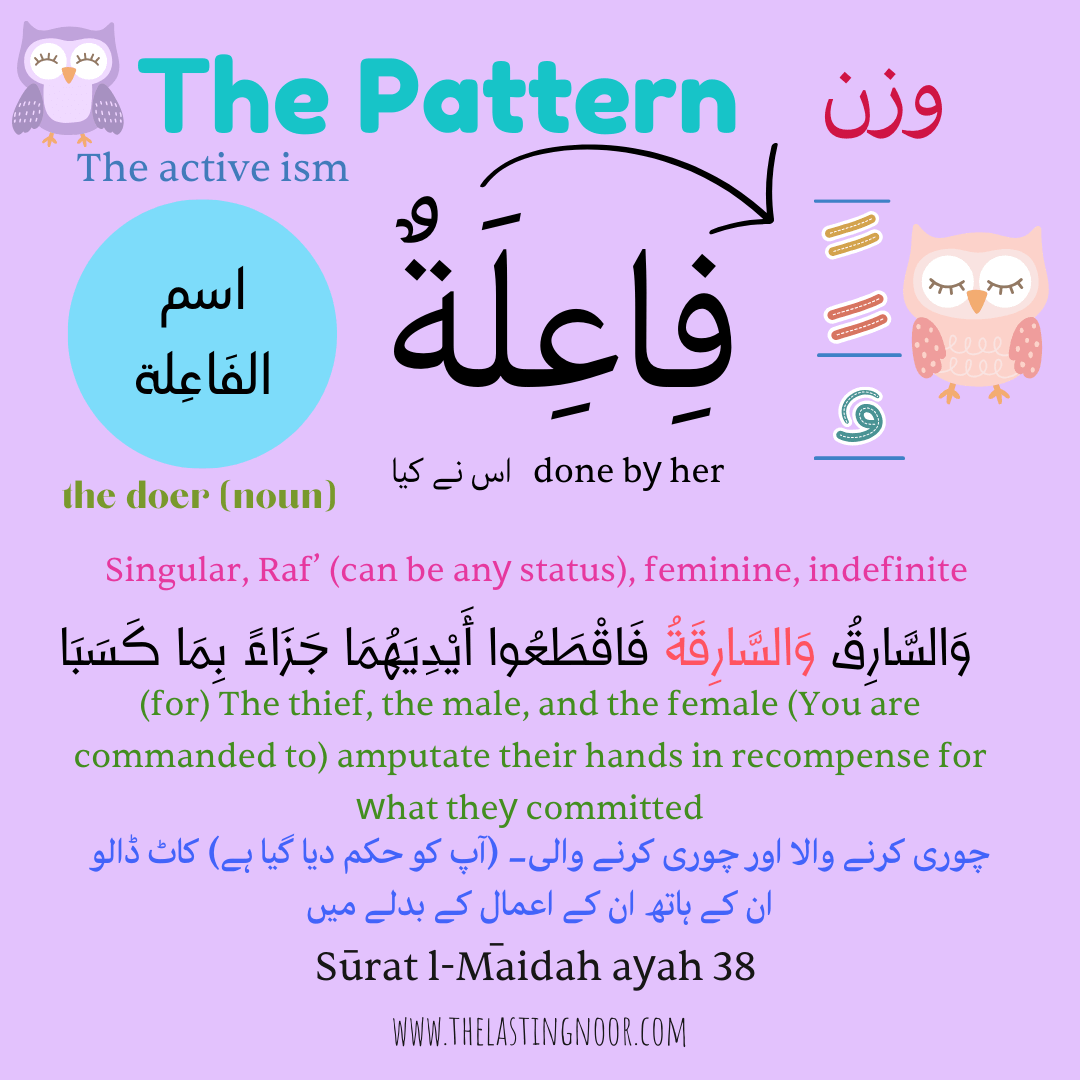
Thulati Mujarrad - The 3 Only Family
Family 1 of “The Fel Families”
Basic Patterns in Thulati Mujarrad
The Family “1” of the Fel families, The Thulati Mujarrad, The 3 only family is here to start. As we know from the chapter on root and pattern ;
Thulati Mujarrad ثلاثى مُجَرَّد consists of only 3 root letters in a basic pattern, No further additions with the root letters of فعل
For now, we will look at the basic patterns of it only, then we will learn more about fel and their formation details. After doing fel chapter of this module we will learn more about Thulati Mujarrad. This family is found more frequently in the Quran than we expected, an easy and basic block in learning our Book. Let’s start :
بِسْمِ اللهِ الرَّحْمٰنِ الرَّحِيْمِ
A Quick revision from the last chapter about this cute but super informative illustration of fel families;
Thulati Mujarrad - The 3 only family ( Family 1 )
Thulati Mazeed Feehi - 3++ families ( All Others , we will see after the family 1 )
Next Topic Coming up























